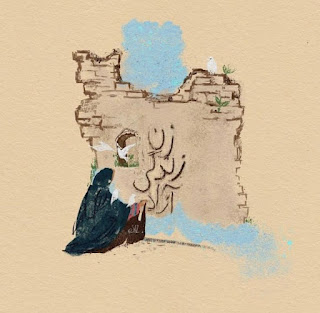The Boatmen Sing
.jpg)
We are living, as it were, at the membrane of metaphor and memory. In fugitive anticipation of the boatmen's songs, of arrivannce, hotel stationery and the daily crossword. Unsurprisingly, my writing is an act of infidelity- I skim and skip my way around your words, through your memories and moments of being, and hold myself accountable for their suspension. As a mnesic trace...as remnants for my part of the world, where the aromas of coffee, slow-cooked curries, and cinnamon from the avenues and alleyways of your home town are a contested inheritance. An inheritance of loss, almost; the affective residue of the unsalvageable past kept alive by the cities they inhabited in their displaced condition. Perhaps this is also why I find it easiest to insert myself into the urban text, into the home as an ethnographic self, because it is here that my performativity is most ‘at-home’ with its self-made otherness. Perhaps this is why, between field notes and narratives of memo...



.jpg)
